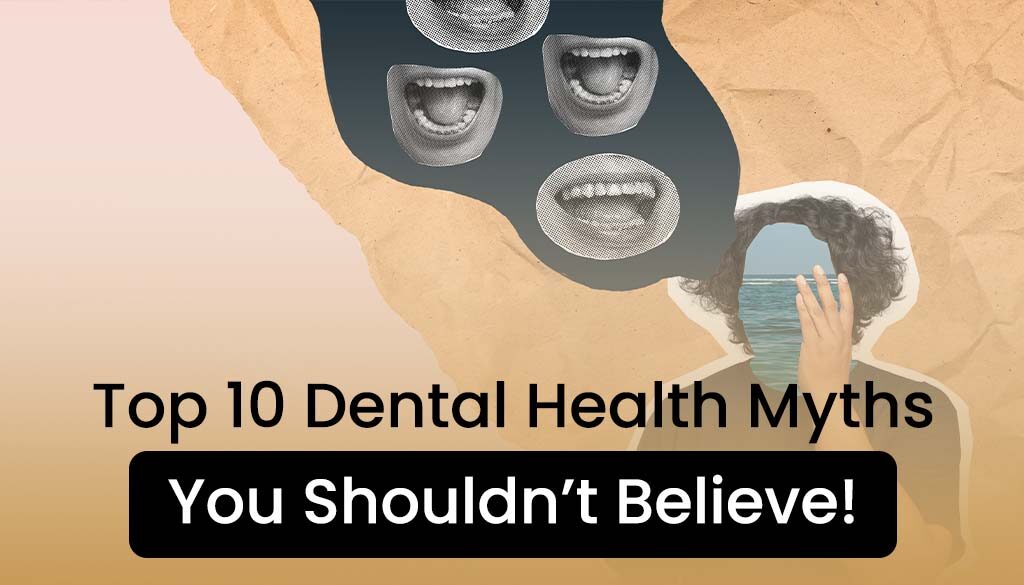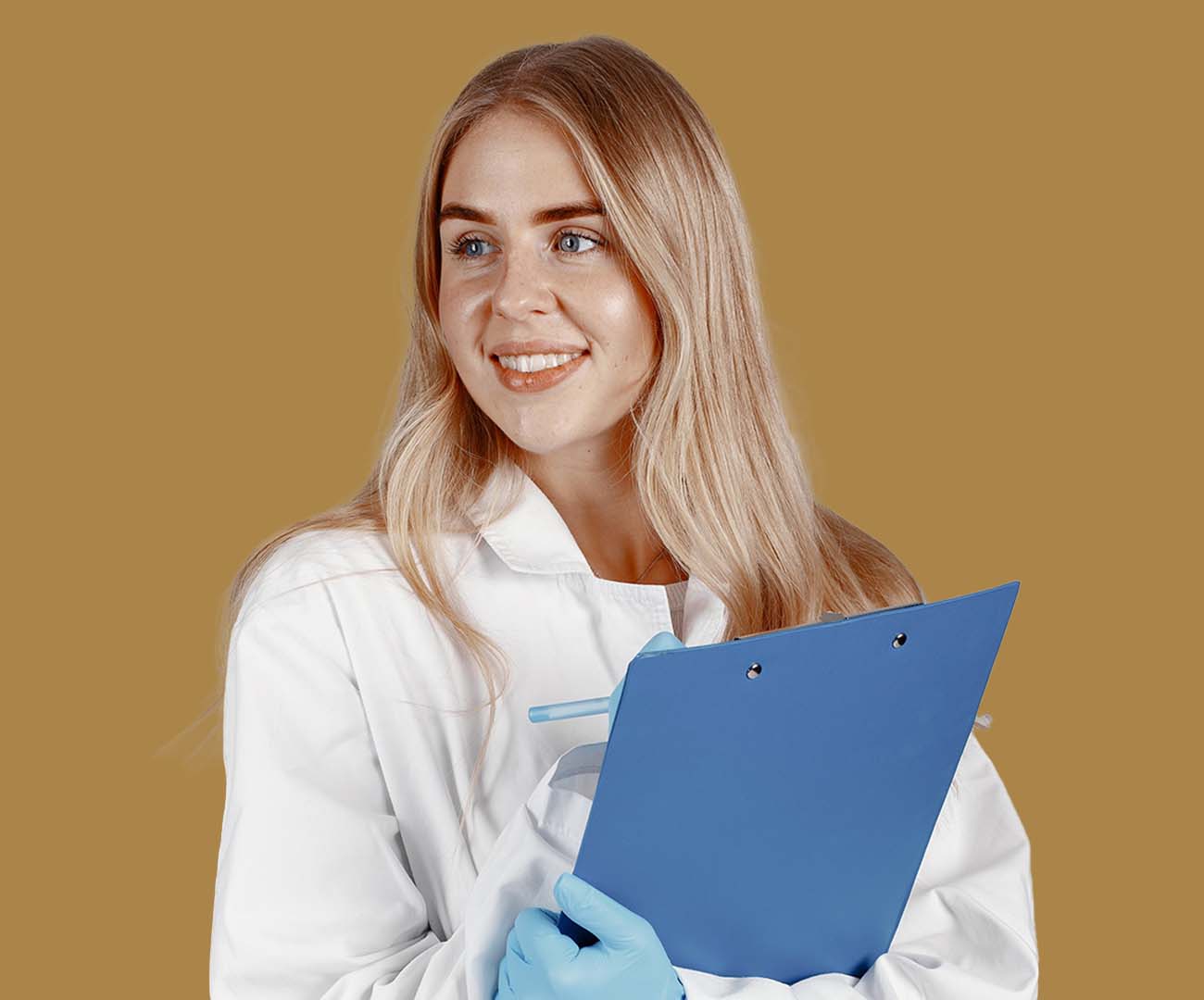Top 10 Myths About Dental Health You Need to Stop Believing!
Introduction
When it comes to dental health, there’s no shortage of advice—but not all of it is correct. From popular myths to outdated information, these misconceptions can lead to improper care, unnecessary worries, and even health risks. Today, we’re debunking the top 10 myths about dental health to help you get the facts straight and keep your smile in its best shape!
Myth #1: If My Teeth Don’t Hurt, They’re Healthy
Truth: Dental issues, like cavities, gum disease, or even oral infections, don’t always cause pain in the early stages. Often, by the time discomfort arises, the problem has progressed, requiring more extensive treatment. Regular checkups allow dentists to catch and treat issues before they become serious.
Tip: Make it a habit to visit your dentist at least twice a year to detect any potential problems early. Prevention is always better than a cure!
Myth #2: Whitening Damages Your Teeth
Truth: This myth often discourages people from whitening their teeth, fearing it will damage their enamel. In reality, professional whitening treatments are formulated to be safe and effective when applied by a dentist. Issues typically arise when whitening is overdone or if strong, over-the-counter products are misused at home.
Tip: Always consult with a dental professional before beginning any whitening treatment. They can recommend safe options tailored to your needs.
Myth #3: You Only Need to Visit the Dentist When You Have a Problem
Truth: Preventive care is the foundation of good dental health. Regular checkups and cleanings remove plaque buildup, detect cavities early, and keep your mouth healthy. Waiting for an issue to arise can lead to more invasive (and costly) treatments down the road.
Tip: Consider your dental checkup like a car tune-up. Regular maintenance prevents breakdowns and keeps everything running smoothly.
Myth #4: Brushing Harder Means a Better Clean
Truth: Brushing too hard can wear down your enamel and irritate your gums. Hard brushing is a common habit that doesn’t necessarily mean cleaner teeth; in fact, it can do more harm than good. For the best results, use a soft-bristled toothbrush and gentle, circular motions.
Tip: Imagine brushing like you’re massaging your teeth—gentle but thorough. Switching to an electric toothbrush can also help control pressure.
Myth #5: Flossing Isn’t Really Necessary
Truth: Flossing plays a critical role in your oral hygiene routine by removing food particles and plaque from between teeth where a toothbrush can’t reach. Skipping flossing means leaving these areas vulnerable to decay and gum disease.
Tip: If traditional flossing feels cumbersome, try using floss picks or a water flosser for an easier experience.
Myth #6: Children Don’t Need to See a Dentist Until They Have All Their Teeth
Truth: Many parents believe they can wait until their child’s full set of teeth is in, but early dental visits (starting around age one or when the first tooth appears) are essential. Early appointments help children get used to the dentist, and allow professionals to monitor and guide the proper growth and development of their teeth and jaws.
Tip: Bring your child along for your own dental visits to make the experience familiar and fun, and to show that regular checkups are part of a healthy routine.
Myth #7: Sugar Is the Only Cause of Cavities
Truth: Sugar is a major culprit, but it’s not the only one. Acidic foods and beverages (like soda and citrus) can erode enamel, making teeth more prone to cavities. Poor oral hygiene, frequent snacking, and even dry mouth can also increase your cavity risk.
Tip: Rinse your mouth with water after meals and try to minimize acidic foods. Chewing sugar-free gum after eating can also help neutralize acids.
Myth #8: Bleeding Gums Are Normal When Brushing
Truth: Many people experience some bleeding and assume it’s normal, but regular gum bleeding could indicate gingivitis, an early stage of gum disease. Healthy gums should not bleed during brushing or flossing. If you experience this frequently, it’s a good idea to consult your dentist.
Tip: Use a soft-bristled toothbrush and avoid over-brushing. If bleeding persists, talk to your dentist to address any gum health issues early.
Myth #9: Bad Breath Is Only Caused by Poor Hygiene
Truth: While poor hygiene is a major cause, there are other potential contributors to bad breath, such as certain foods (like garlic and onions), dehydration, smoking, or health conditions like acid reflux. Persistent bad breath could also signal an underlying dental issue, such as gum disease.
Tip: Staying hydrated, practicing good oral hygiene, and visiting your dentist regularly can help keep bad breath at bay. If it persists, consult a healthcare professional to investigate other potential causes.
Myth #10: I Don’t Need to Brush My Teeth if I’m Using Mouthwash
Truth: Mouthwash can be a great addition to your oral care routine for freshening breath and reducing bacteria, but it’s no replacement for brushing and flossing. Brushing physically removes plaque buildup, which mouthwash alone cannot do.
Tip: Use mouthwash as the last step in your routine, and think of it as a bonus, not a replacement, for brushing and flossing.
Conclusion:
Misconceptions about dental health can lead to bad habits, missed dental appointments, and even serious health problems. By separating fact from fiction, we hope to empower you to make informed choices for your smile! Remember, dental care is about more than just brushing and flossing—it’s about understanding your unique oral health needs and seeking preventive care.





